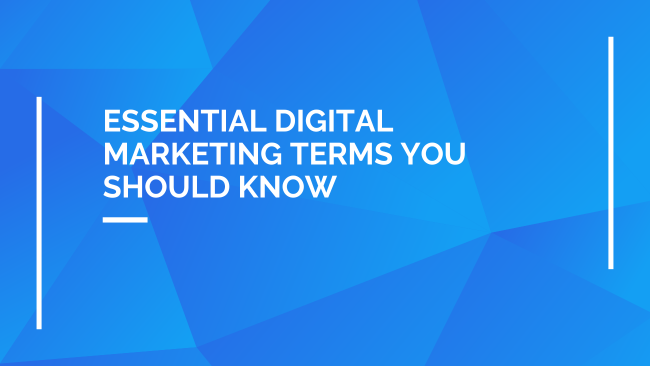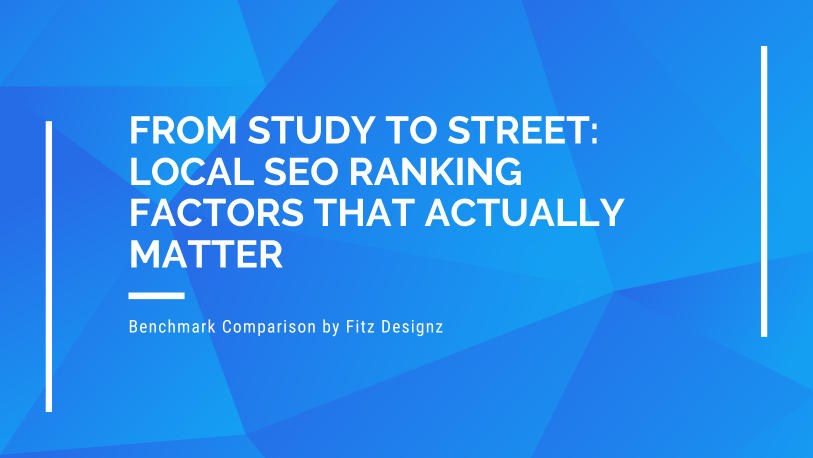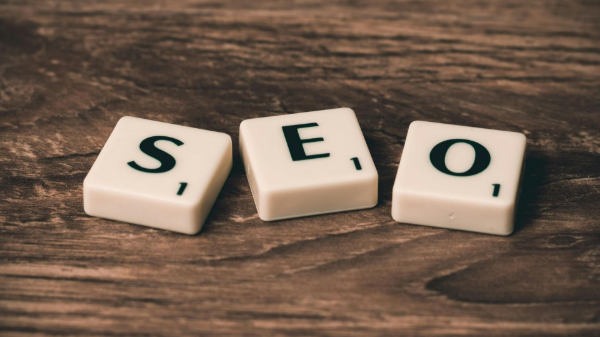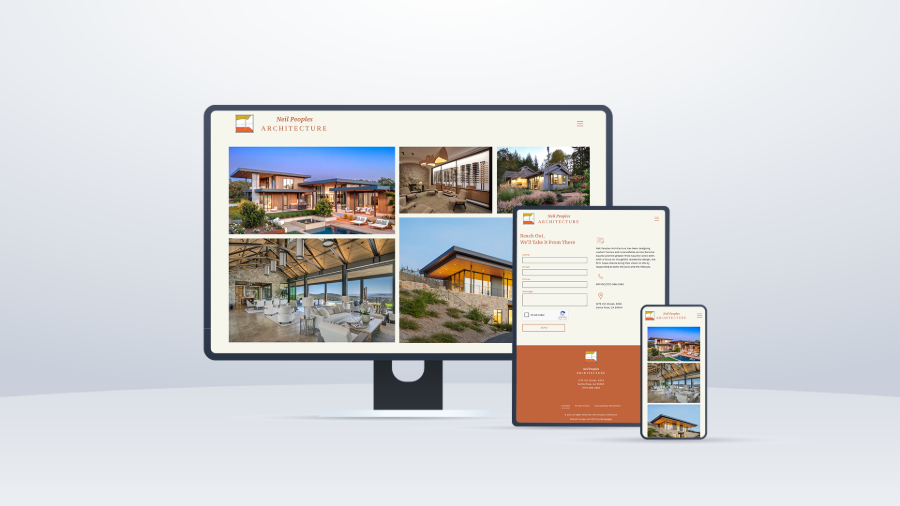Speak the Language: A Beginner’s Glossary of Digital Marketing Terms
In today’s fast-moving digital landscape, understanding the fundamentals of marketing terminology can make or break your strategy. Whether you’re working with an agency, running ads yourself, or just trying to boost visibility online, having a clear grasp of the basics helps you make smarter, more confident decisions.
This glossary breaks down the most common digital marketing terms in plain language—no jargon, no fluff. Use it as a reference to understand how these concepts connect and drive real business growth.
1. Search Engine Optimization (SEO)
SEO is the process of improving your website’s visibility in search engine results like Google. The goal is to attract more organic (unpaid) traffic by optimizing your site’s structure, content, and technical setup. Effective SEO includes keyword research, on-page optimization, link building, and ongoing performance tracking.
2. Pay-Per-Click Advertising (PPC)
PPC is a form of online advertising where you pay each time someone clicks your ad. Platforms like Google Ads and Facebook Ads let you target specific audiences, set budgets, and measure performance. When done correctly, PPC can generate quick, measurable results for your business.
3. Search Engine Marketing (SEM)
SEM is a broad term that encompasses all marketing strategies aimed at improving visibility on search engines—both paid and unpaid. This includes SEO (organic) and PPC (paid search). SEM helps businesses reach users actively searching for their products or services.
4. Conversion Rate
Your conversion rate is the percentage of visitors who take a desired action on your site—like submitting a form, requesting a quote, or making a purchase. A higher conversion rate means your website or ad campaign is effectively turning visitors into leads or customers.
5. Conversions (Leads)
A conversion happens when someone completes a specific goal you’ve set—such as calling your business, filling out a contact form, or scheduling an appointment. In most cases, these are known as leads. Tracking conversions helps measure how effective your marketing efforts are at generating real business opportunities.
6. Return on Ad Spend (ROAS)
ROAS measures how much revenue you earn for every dollar spent on advertising. For example, if you earn $500 in sales from $100 in ad spend, your ROAS is 5:1. It’s one of the most important metrics for evaluating whether your ad campaigns are profitable and sustainable.
7. Call to Action (CTA)
A CTA is a message or button that encourages your audience to take the next step—such as “Get Started,” “Book Now,” or “Learn More.” A well-crafted CTA is clear, compelling, and strategically placed to guide users through your marketing funnel.
8. Landing Page
A landing page is a standalone web page designed for a specific purpose, often tied to an ad campaign or special offer. Unlike a homepage, it focuses on a single call to action (such as filling out a form) and eliminates distractions to increase conversions.
9. Content Marketing
Content marketing involves creating and sharing valuable, relevant content to attract and engage your target audience. Examples include blog posts, videos, newsletters, and social media updates. The goal is to build trust and brand authority while nurturing long-term customer relationships.
10. Organic Traffic
Organic traffic refers to visitors who find your website naturally—through unpaid sources like search engines, referrals, or social shares. It’s often the result of strong SEO, quality content, and a trustworthy online presence. Organic traffic tends to be sustainable and cost-effective over time.
11. Paid Traffic
Paid traffic comes from advertising campaigns such as Google Ads, Facebook Ads, or sponsored posts. You pay to drive visitors to your website or landing page, and it’s a quick way to generate visibility, test offers, or reach new audiences while your organic strategy builds.
12. Local SEO
Local SEO focuses on helping your business show up in local searches—especially on Google Maps and “near me” results. This involves optimizing your Google Business Profile, managing reviews, and ensuring your business information is accurate across online directories. For local service businesses, this is one of the most valuable ways to attract nearby customers.
Final Thought
Mastering the basics of digital marketing starts with understanding the language. Whether you’re optimizing your site, launching ads, or analyzing results, these core terms form the foundation for growth. Once you know the vocabulary, you’ll find it much easier to build strategies that truly work for your business.







